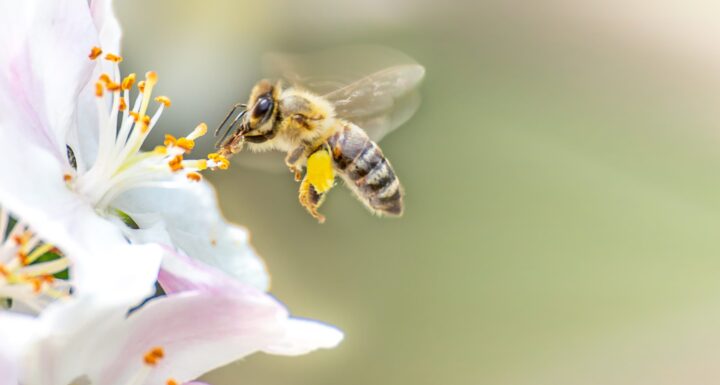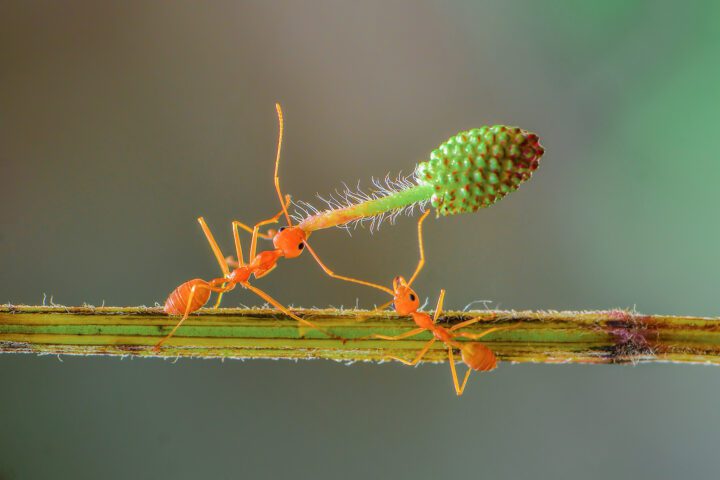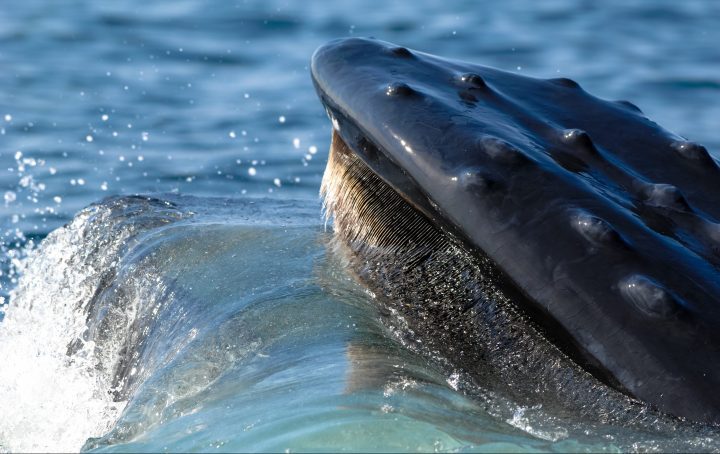Various structures build or concentrate charge to efficiently move pollen from flowers to bees (and back).
Introduction
Bees and flowering plants share one of nature’s most elegant and essential symbiotic relationships. This relationship goes beyond the visible interactions of bees landing on flowers and emerging covered in pollen. At its core, there is an invisible yet powerful force at play: static electricity. It plays a crucial role in nourishing bees with , fertilizing plants, and providing fruit for countless other species.
The Strategy
When a bee flies through the air, it generates a positive electrostatic charge. This charge arises due to the friction between the bee and positively charged particles in the atmosphere. Flowers, on the other hand, function as part of the Earth’s surface and typically hold a slight negative charge. This charge is more concentrated at points with a small radius of curvature, such as the tips of petals, the pollen-carrying stamens, and the ovary-containing pistils of the flowers.
The bee’s ability to sense the electrical field of a flower is a key component of this strategy. As a bee approaches a flower, the difference in charge causes antennae and tiny hairs to flutter, which the bee detects as a physical sensation (interestingly, honeybees respond to the motion of their antennae, while the fuzzier bumblebees respond to sensation from the hairs).
When the bee approaches a flower, the electrical interaction becomes even more dynamic. The pollen, being negatively charged with the rest of the flower, is attracted to the positively charged bee and leaps across and sticks. When the bee visits the next blossom, some of the now positively charged pollen leaps across to the negatively charged pistil and begins the process of fertilization. This ensures an efficient transfer of pollen, critical for the plant’s reproduction, while still allowing the bee to bring plenty of pollen back to the hive for nourishment of the colony’s larvae.
The interaction doesn’t only transfer pollen. Electrons themselves move from the flower to the bee, weakening the negative charge of the flower. This effect lasted for up to 100 seconds in lab experiments. Now the electric-charge detection ability shows another value. Bees that approach during this period can detect the weaker charge of flowers which have recently yielded both pollen and electrons to another bee. This helps the bees to identify which flowers are more likely still to have plentiful nectar and pollen, optimizing their foraging efforts.
This strategy is a remarkable example of energy efficiency and resource optimization in nature. It requires no external energy inputs and relies on the inherent physical properties of the organisms involved.
The Potential
The electrostatic interaction between bees and flowers offers inspiring insights for human innovation. In agriculture, understanding and enhancing these natural electrostatic relationships could lead to more efficient pollination strategies, potentially increasing crop yields without the need for additional chemical inputs.
In the field of robotics, this concept could inform the development of biomimetic pollination drones. These drones, designed to mimic the electrostatic properties of bees, could provide supplementary pollination services in environments where natural bee populations are declining.
Understanding and applying the principles of this natural electrostatic interaction can lead to innovative, sustainable solutions in diverse fields, reminding us of the efficiency and effectiveness of strategies developed through millions of years of natural evolution.
AI on AskNature
This page was produced in part with the assistance of AI, which is allowing us to greatly expand the volume of content available on AskNature. All of the content has been reviewed for accuracy and appropriateness by human editors. To provide feedback or to get involved with the project, contact us.






